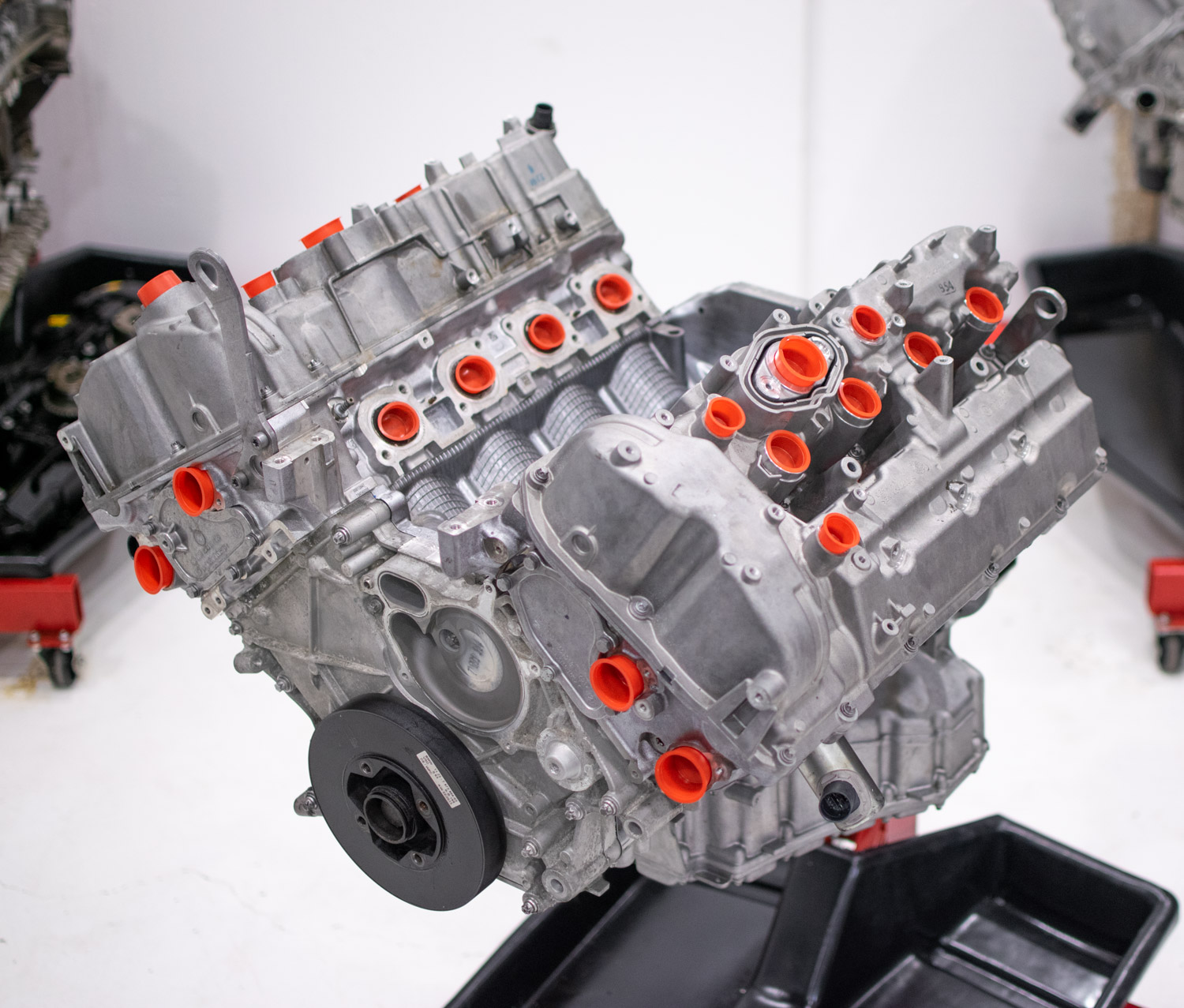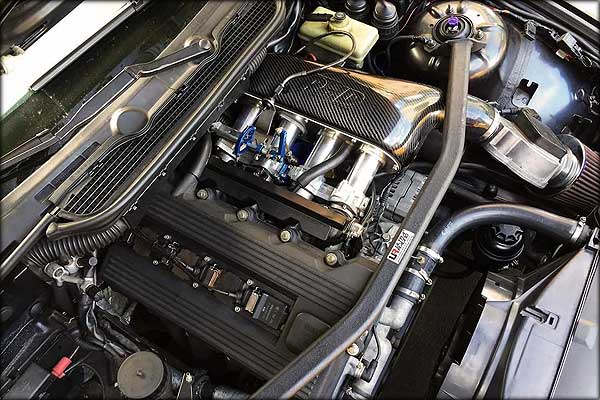The Role of BMW Engine Style in Achieving Exceptional Fuel Performance
The Role of BMW Engine Style in Achieving Exceptional Fuel Performance
Blog Article
Checking Out the Development of Burning Engines in Modern Transportation Equipments
As we navigate the landscape of modern transport, the advancement of combustion engines stands as a testament to human resourcefulness and design prowess. The interaction of history, modern technology, and ecological concerns in shaping the trajectory of combustion engines develops a story that is both insightful and compelling.
Very Early Beginnings of Combustion Engines
Just how did the idea of burning engines first emerge in the onset of transportation advancement? When the principles of inner burning were initial discovered, the roots of burning engines can be mapped back to the 17th century. In 1673, Christian Huygens conceived a standard inner burning engine that used gunpowder to produce power. It had not been up until the late 19th century that sensible applications of combustion engines in transport began to arise.
The development minute included the development of the first effective gasoline-powered engine by Karl Benz in 1885 - bmw engine. This engine paved the means for the advancement of the modern-day automobile, revolutionizing transport systems worldwide. Succeeding advancements by Nikolaus Otto and Gottlieb Daimler further improved burning engine modern technology, causing the automation of autos and the fast expansion of the transportation industry
These early combustion engines were characterized by their simplicity and efficiency, laying the structure for the complex and powerful engines used in modern-day transportation systems. The evolution of combustion engines has been crucial in forming the way we take a trip and transfer goods, noting a substantial milestone in the history of transportation growth.
Change to Internal Combustion Technology
The transition to interior combustion technology marked a pivotal shift in the evolution of transport systems. This change began in the late 19th century, with developers like Nikolaus Otto and Gottlieb Daimler establishing the very first successful inner combustion engines. These engines changed transportation by offering an extra effective and effective alternative to heavy steam engines and electric motors.
Among the key benefits of inner burning engines was their ability to be reduced to suit lorries, resulting in the development of motorbikes and autos. This change from bulky, stationary engines to portable, mobile ones paved the way for the contemporary transportation systems we see today.
The transition to interior burning technology likewise stimulated innovations in gas technology, leading to the development of gas and diesel as primary fuel resources for automobiles. This shift not just made transportation a lot more available to the masses yet likewise laid the structure for the oil and gas market to end up being integral to global economic situations.
Impact of Combustion Engines on Transport
The adoption of combustion engines in transport systems catalyzed a profound change in the efficiency and rate of global movement. Combustion engines reinvented transportation by giving a versatile and reliable resource of power for numerous lorries, consisting of cars and trucks, ships, airplanes, and vehicles. This technology considerably boosted the capability for individuals and goods to relocate over fars away in shorter time frameworks, bring about enhanced connection between areas and countries.
Moreover, the prevalent usage of burning engines has had a significant effect on economic growth. The capacity to deliver goods effectively has spurred trade and business, permitting companies to expand their markets and get to consumers worldwide. This has actually facilitated economic development and globalization, as items can now be moved faster and in larger quantities than ever.
Nevertheless, the ecological effect of burning engines can not be ignored. The combustion of nonrenewable fuel sources has caused air pollution and greenhouse gas exhausts, link adding to environment modification and posing wellness dangers to populaces. bmw engine. Consequently, there is a growing focus on establishing alternate propulsion innovations to minimize these unfavorable impacts and produce an extra lasting future for transport
Innovations in Burning Engine Style
One remarkable technology is the development of turbocharged engines, which utilize exhaust gases to drive a turbine that presses inbound air, enabling for even more fuel to be burnt, resulting in boosted power result without a significant boost in engine dimension. Variable valve timing systems have likewise reinvented engine style by optimizing air flow at different engine speeds, enhancing both power and effectiveness. These innovations jointly contribute to the continual renovation of burning engines in contemporary transport systems.
Future Fads in Burning Engine Advancement
With technology improvements driving continual technology, the future of burning engine advancement is positioned to reinvent transportation systems around the world. Among the key fads in burning engine growth is the press towards greater effectiveness and lowered emissions. Suppliers are investing greatly in research study and growth to enhance engine performance while fulfilling rigorous environmental regulations. This consists of the combination of sophisticated gas shot systems, enhanced turbocharging techniques, and using light-weight products to enhance gas consumption and decrease carbon click for more emissions.
An additional famous pattern is the fostering of crossbreed modern technologies in combustion engines. Hybrid engines integrate traditional combustion innovation with electric power, providing improved gas efficiency and lower emissions. As the automotive sector shifts in the direction of electrification, hybrid combustion engines are seen as a transitional remedy that connects the gap between standard cars and totally electrical ones.
Furthermore, the combination of wise technologies, such as expert system and data analytics, is expected to play a significant duty in the future of burning engine advancement. These technologies can optimize engine efficiency in real-time, bring about a lot more efficient combustion procedures and boosted general car performance. Welcoming these future trends will not just drive development in burning engine growth yet additionally contribute to a more ecologically friendly and sustainable transport community.

Conclusion
In final thought, the evolution of burning engines in modern-day transport systems has actually been marked by significant advancements in technology and layout. From the early starts of burning advice engines to the transition to interior burning innovation, these engines have actually had a profound impact on transport.
The origins of burning engines can be traced back to the 17th century when the principles of internal burning were first discovered. These engines revolutionized transport by providing a much more powerful and effective alternative to heavy steam engines and electrical motors.

Report this page